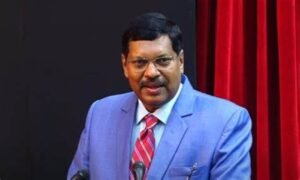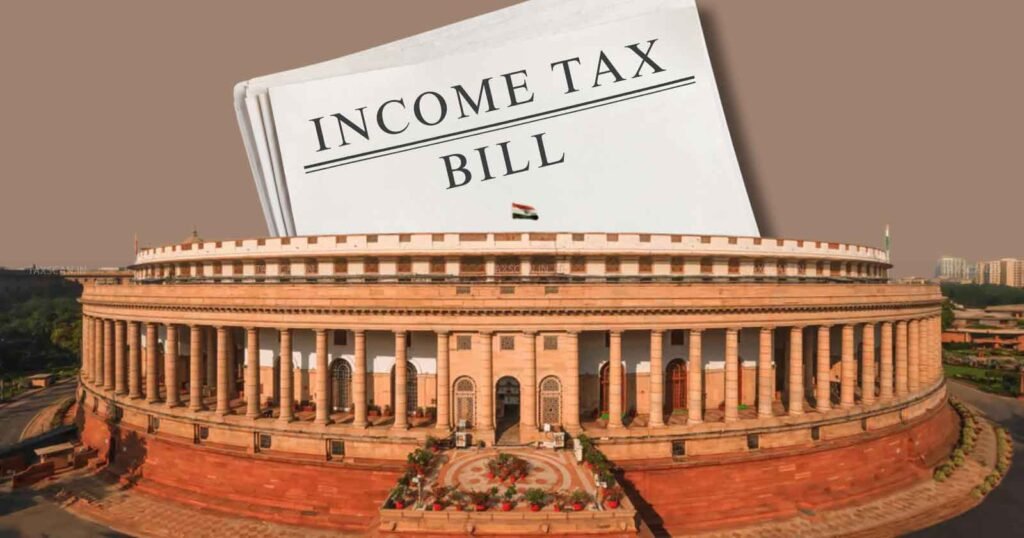 CJI-BR-Gawai
CJI-BR-Gawai
The Constitution of India is not merely a political charter designed for governance. As Chief Justice of India (CJI) Dr. BR Gavai recently highlighted during his address at the Milan Court of Appeal, Italy, it is a “revolutionary statement”—a beacon of hope for a nation emerging from the shadows of colonial rule. His speech on “Role of Constitution in Delivering Socio-Economic Justice in a Country: Reflections from 75 Years of Indian Constitution” underlined how the Indian Constitution has remained a force for empowerment and social transformation.
The Constitution: A Vision Beyond Governance
CJI Gavai emphasized that the Indian Constitution was crafted with an unwavering commitment to socio-economic justice. At a time when India was grappling with poverty, inequality, and deep social divisions, the Constitution laid the foundation for a new beginning—one that aspired to build a just and equitable society.
The Directive Principles of State Policy (DPSP) reflect this commitment. They serve as guiding principles for the government to ensure the well-being of all citizens, especially the marginalized. As CJI Gavai put it, “It was a promise of a new beginning where social and economic justice would be the main goal of our country.”
From Scepticism to Success: The 75-Year Journey
When the Constitution came into force in 1950, it faced criticism from several quarters. Eminent constitutional expert Sir Ivor Jennings famously labelled it as “too long, too rigid, too prolix.” However, India’s journey over the last 75 years has proved such scepticism unfounded.
According to CJI Gavai, the Indian Constitution has been instrumental in driving socio-economic change. Through progressive laws and judicial interpretations, it has advanced freedom, equality, and justice.
Laws and Policies Shaping Socio-Economic Justice
Over the decades, numerous legislative and judicial measures have sought to actualize the vision of socio-economic justice:
- Agrarian reforms helped dismantle feudal structures, redistribute land, and secure livelihoods for millions.
- Affirmative action policies ensured representation and opportunities for Scheduled Castes, Scheduled Tribes, and socially and educationally backward classes, helping to correct centuries of discrimination.
These initiatives have transformed the socio-economic landscape of India, reflecting the Constitution’s role as both a protector of the vulnerable and a tool for social change.
The Constitution as a Living Document
CJI Gavai eloquently described the Constitution as providing “the vision, the tools, and the moral guidance” needed to build an inclusive society. He concluded by invoking the words of civil rights icon Dr. Martin Luther King Jr., “The arc of the moral universe is long, but it bends toward justice.” CJI Gavai added, “It bends that way only when we actively work to bend it ourselves.”
The story of the Indian Constitution is, indeed, a story of great ambition, resilience, and achievements in the pursuit of socio-economic justice. It continues to guide India in its quest to build a society where freedom and equality are not just ideals but lived realities for all.
Read Also:





